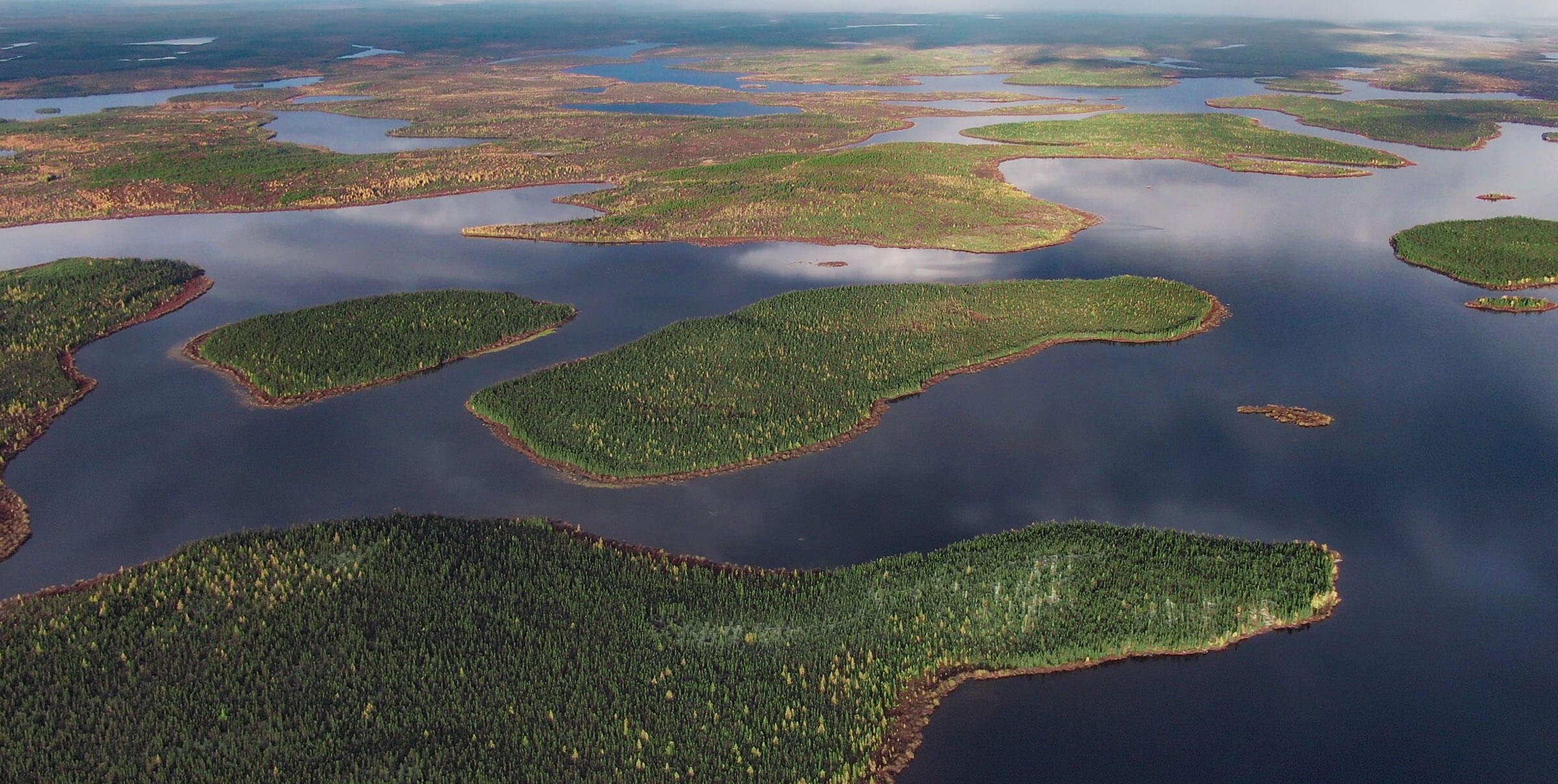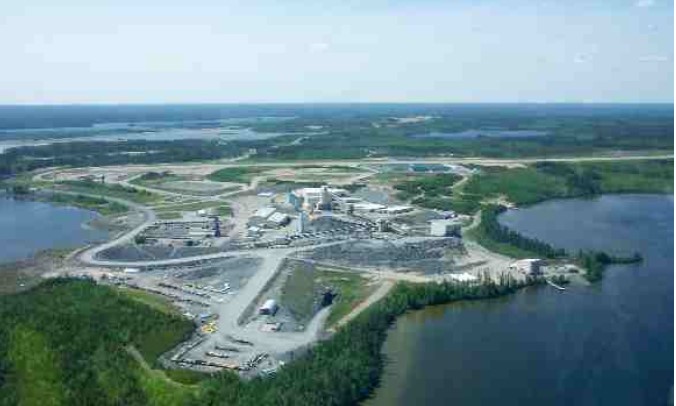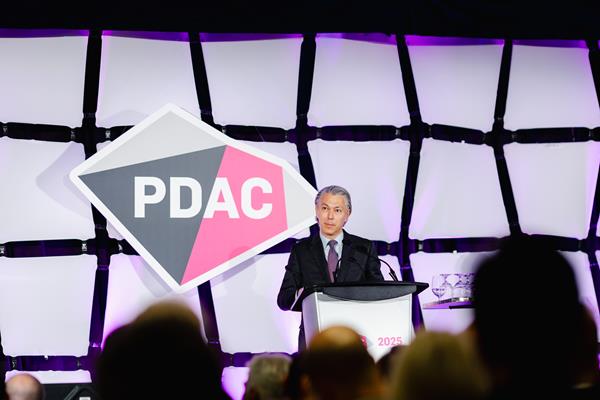Finding Frac Sand
By 2020, the Horn River and Montney Basins in northeastern British Columbia are projected to be producing just under six billion cubic feet of natural gas a day and meeting somewhere between a quarter and a third of Canada’s demand.
Those two fields, which are currently in development, are believed to contain as much as 300 trillion cubic feet of gas but extracting that resource will be no simple matter. And the reason is that it is dispersed through fine-grained, metamorphic shale as opposed to porous and more permeable sandstone and limestone of conventional sedimentary fields.
To get at the gas, producers must inject water laden with tiny grains of sand (known as frac sand) into their wells to fracture the shale and release the gas. Currently, however, there are no local sources of this specialized sand and it must be imported from Alberta, Saskatchewan, or points farther away at a cost of about $250 to $300 a tonne.
Stikine Energy Corp. of Vancouver is convinced that it may have found a solution to that high-cost logistical problem.Stikine president Scott Broughton says his company staked some 17 properties in northeastern B.C. in early 2009, went prospecting for sandstone later that year, and discovered very promising deposits close to each basin. Preliminary testing has demonstrated that the mineral resources are sufficiently high-grade to serve as frac sand and the deposits are large enough to support open pit mining.
“The real focus of our play is proximity,” says Broughton. “The cost of delivering frac sand to the Horn River and Montney Basins is almost 80 per cent attributable to transportation and handling. We can own that market by producing low-cost material on the spot.”
Hydro-fracturing, he explains, is a process that is similar in its effect to hitting the windshield of an automobile with a pebble or a small stone. Shale is generally very brittle and when water is injected into a well at extremely high pressure, it causes a series of fractures that radiate from the point of impact like a spider web. The water must contain minute particles of sand to ensure that the cracks remain open after the water is removed.
But hydro-fracturing requires sand with special properties. “It needs to be strong because we’re dealing with great depths and an awful lot of stress,” says Broughton. “It needs to be chemically inert because natural gas quite often comes with corrosive substances. You’re also dealing with high heat environments. You need material that can withstand all those things.”
Broughton believes that Stikine’s Angus and Nonda deposits meet all the requirements. The Angus measures about 2.5 km long by 100 m wide and is some 50 m thick. It has the potential to produce more than 25 million tonnes of frac sand, but Stikine is focusing its development efforts on its Nonda property because of its size and location. It is situated about 150 km west of the Horn River Basin and contains a lot more gas than the Montney. The Nonda deposit is about 11 km long, one km wide and up to 170 m thick and is sitting right at the surface.
Stikine drilled nine holes over a small section of the property starting in September, 2009 to establish the depth and continuity of the material, and in late 2010 was in the process of preparing a resource estimate.
“What we see in the outcrops is more than five billion tonnes of material,” says Broughton. “It’s also very homogenous. Based on our drilling, the entire mass is better than 98 per cent silica and almost 90 per cent of the grains in that sandstone fall within the sizes that they’re pumping in the Horn River Basin. For us, it was a huge discovery.”
Stikine spent the early part of 2010 examining different methods of processing the material, starting with laboratory simulations of primary and second crushing, attrition scrubbing and drying and storing. Rocks from the Nonda deposit that were processed in the lab yielded 65 per cent frac sand and this material was sent to Stim-Lab Inc., an Oklahoma company, for testing to ensure that it met criteri established by the American Petroleum Institute and the International Standards Organization.
“We went through a whole series of tests to come up with the best process that gave us high yields and quality,” says Broughton. “What we’ve made in the lab was some very high quality frac sand. We’ve showed that some of our material was amongst the best that could be purchased anywhere in North America.”
In August, Stikine hired Sepro Mineral Systems Corp. of Langley, B.C. to build a pilot-scale, processing plant capable of handling two tonnes per hour and shipped 450 tonnes of Nonda rock to Sepro’s site. The plant was completed and up and running by late October and samples had been sent to Stim-Lab to be tested for compliance with API and ISO frac sand standards.
“What we’re trying to do now is establish the size of the market,” says Broughton. “That will determine how big a mine we build.”
Eight major energy companies, including Imperial Oil, Exxon Mobil Canada, EnCana and Nexen Inc., have been exploring and developing the Horn River Basin since about 2007. Total production in 2010 has averaged about 50 million cubic feet of natural gas per day, but that is expected to grow to two billion cubic feet daily once processing plants and pipelines have been built. Stikine estimates that demand for frac sand from both Horn River and Montney could reach four million tonnes per year and could generate revenues exceeding $1 billion annually.
“We’re looking at a base case scenario of one million tonnes per year of product,” says Broughton. “That would result in a mine that produces 5,000 to 10,000 tonnes per day. That’s fairly small for an open pit mine. It’s similar to what you’d see at a sand and gravel quarry.” But Stikine may end up with a mine of four million tonnes per year depending on how fast the Horn River gas fields develop.
In either case, the company believes it will have a significant advantage over competitors who must deliver their product by rail or road from more distant mines.
Nonda frac sand will cost an estimated (U.S.) $50 per tonne to mine and process, comparable to product from Nebraska, Texas and Saskatchewan, but below the (U.S.) $65 a tonne in Alberta.
Major gaps emerge when transportation costs are included. The delivered cost ranges from a low of (U.S.) $233 a tonne for frac sand from Saskatchewan to (U.S.) $322 when it comes from Texas. By comparison, Stikine estimates that it can deliver the product at a cost of (U.S.) $125 per tonne.
Two significant hurdles remain despite these advantages and the size of the emerging market. The company may have to build a 130-km access road, including a bridge over the Laird River. As well, Stikine may not be able to get a connection to the existing power grid, in which case it would have to produce power with gas turbines, fuelled by natural gas from the Horn River Basin.
But demand for frac sand may also become so acute that these challenges will not stand in the way of Stikine’s proposed mine.
“Most of the existing suppliers have limited opportunities to expand their operations,” Broughton says. “Then there are the logistical problems around rail transport and storage. This fall there were sand shortages at the Montney. People and equipment had to go on standby. All of this bodes very, very well for our project.”





Comments